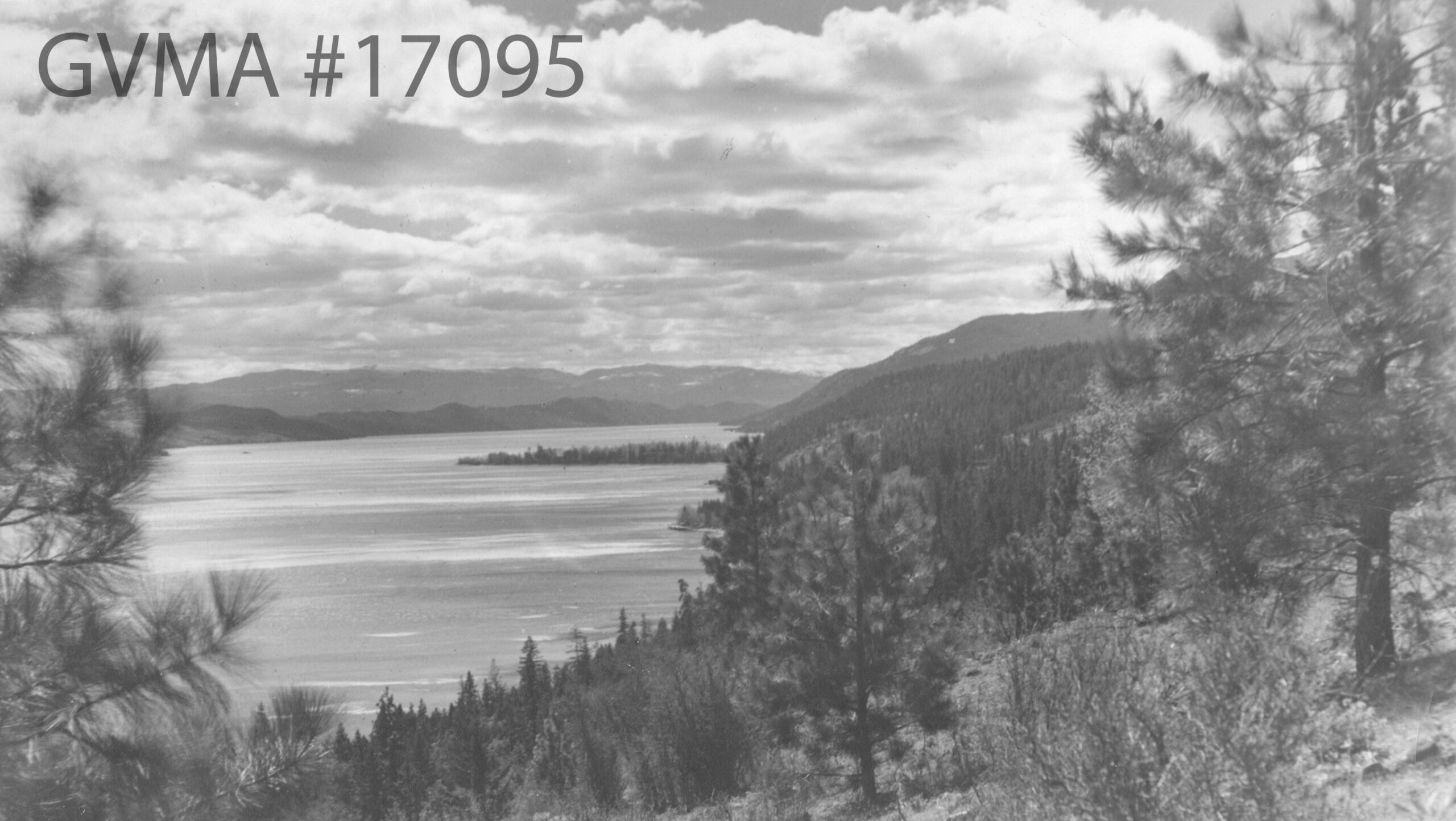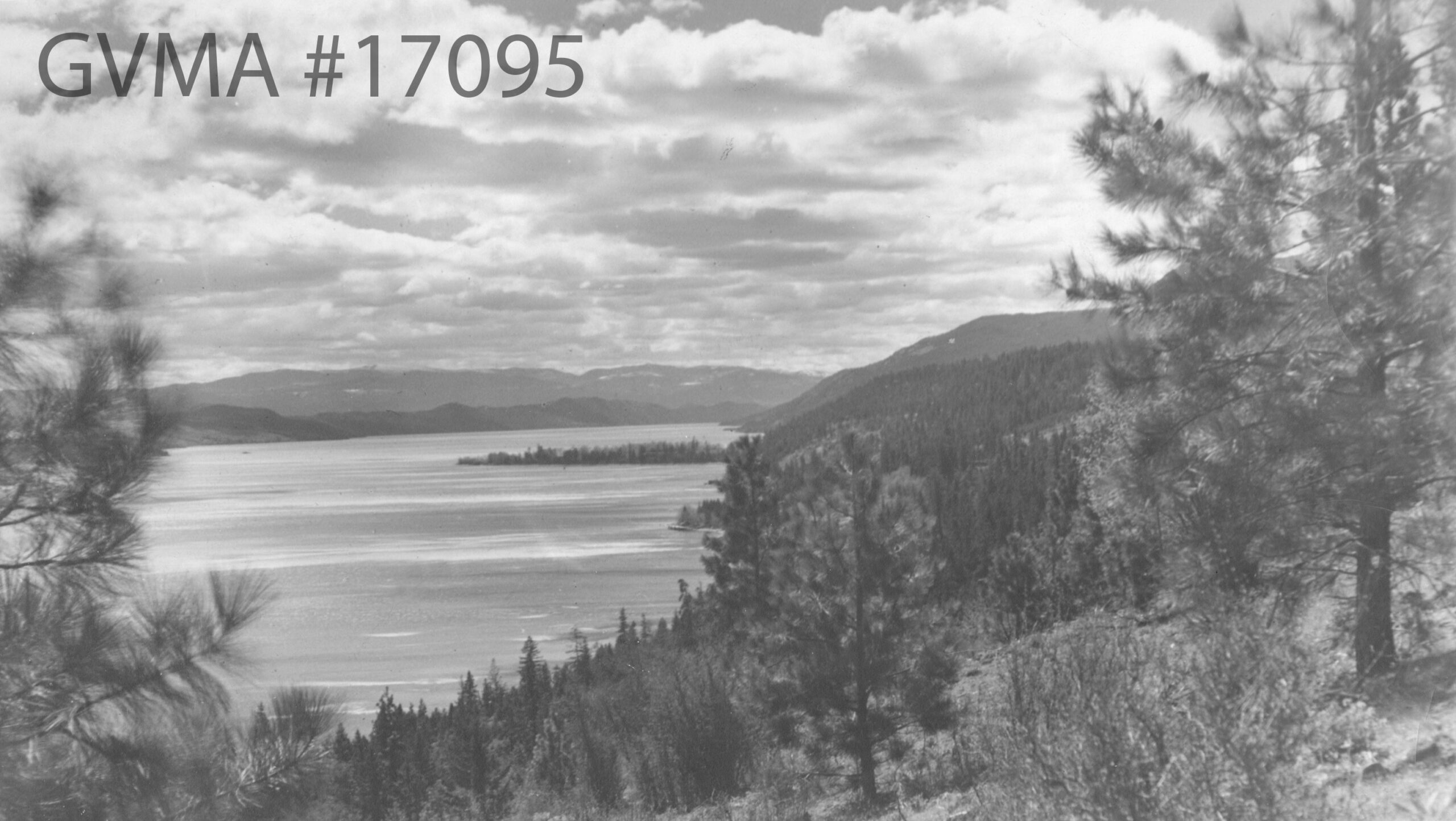
Okanagan Lake has been the subject of much media attention over the last few weeks, since the most eastern flank of the White Rock Lake Fire has reached its shores. However, given the lake’s long history (it is, in fact, pre-historic), this is not the first time it has made the news.
In February of 2021, some North Okanagan residents were shocked to see what appeared to be a tornado emerging over the lake near Fintry. This was later identified to be a steam devil, which forms over large bodies of water during cold air outbreaks. Steam devils are common occurrences on Canada’s Great Lakes, but it was only due to the North Okanagan’s unusual cold snap this past winter that one was able to form over Okanagan Lake.
In 1979, the lake was recognized as an excellent location for underwater treasure hunters. Hundreds of pieces of glass and earthenware were found to be lying on the lake bottom, thrown overboard over the years by passengers on sternwheelers and other water crafts. In 1978, two divers discovered, at the bottom of the lake, an old steamer trunk full of collectible bottles, much to their delight.
On November 4, 1913, a tugboat called the Skookum collided with a CPR tug, the SS Castlegar, and sank almost immediately. The crew survived, with some minor injuries, but the vessel was never recovered. It is believed that the tug remains, to this day, in the silent depths of the lake.
Sometime in the mid-1880s, the infamous Captain Shorts and a companion were wandering the shores of Okanagan Lake when they made a startling discovery; partly submerged in a few feet of water was the vertebrae of some enormous sea creature. The two men brought the bone to Leonard Norris, a government agent in Vernon, who, many years later, had it sent it to the University of British Columbia for identification. It was determined to be a whale bone, brought into the valley by human means, but how it came to be lying abandoned in a rugged and unfrequented section of Okanagan Lake remains unknown.
And long before the concept of “news” was even invented, the lake and its environs represented part of the territory of the Syilx People of the Okanagan Nation, and stood as a silent witness to all the little anomalies of human life.
Gwyn Evans, Research and Communications Coordinator

